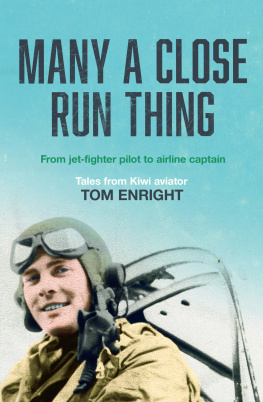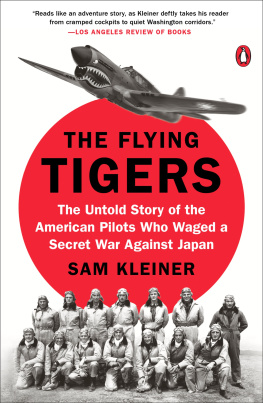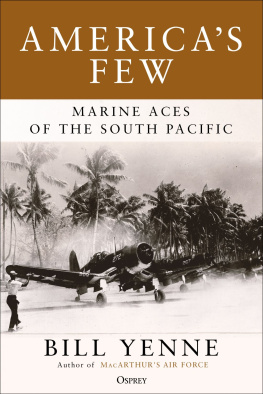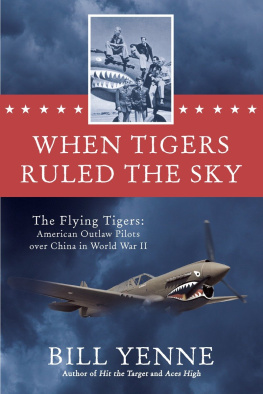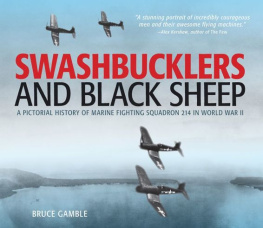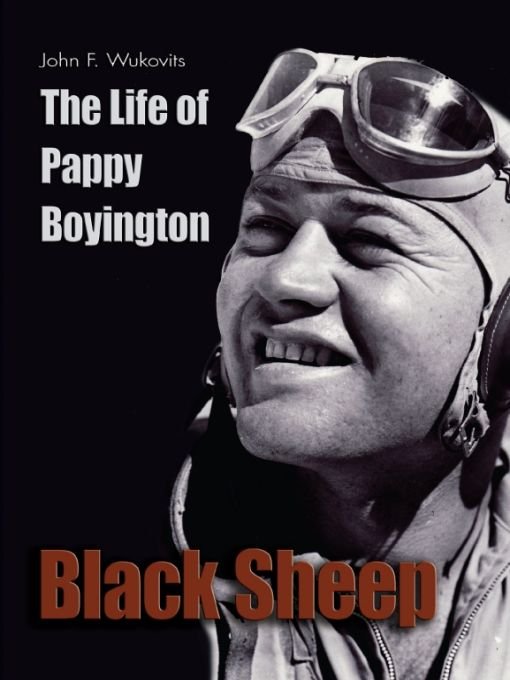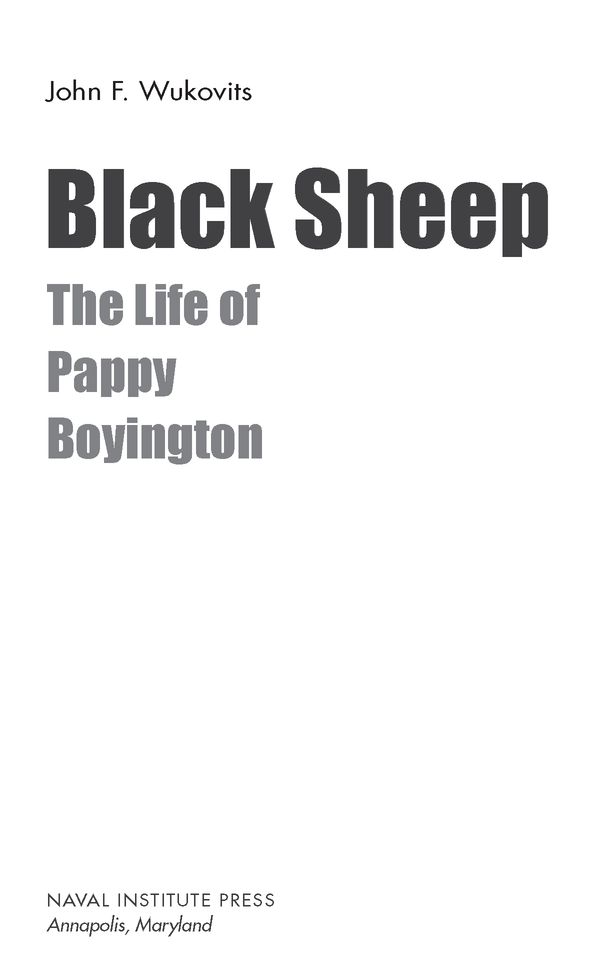Table of Contents
TITLES IN THIS SERIES
(listed chronologically by date of publication)
Confederate Admiral: The Life and Wars of Franklin Buchanan
by Craig L. Symonds
Andrew Foote: Civil War Admiral on Western Waters
by Spencer C. Tucker
Thomas ap Catesby Jones: Commodore of Manifest Destiny
by Gene A. Smith
Joshua Barney: Hero of the Revolution and 1812
by Louis Arthur Norton
Matthew Calbraith Perry: Antebellum Sailor and Diplomat
by John H. Schroeder
Mad Jack Percival: Legend of the Old Navy
by James H. Ellis
Commodore Ellsworth P. Bertholf: First Commandant of the Coast Guard
by C. Douglas Kroll
Thomas Macdonough: Master of Command in the Early U.S. Navy
by David Curtis Skaggs
Grace Hopper: Admiral of the Cyber Sea
by Kathleen Broome Williams
Stephen Decatur: A Life Most Bold and Daring
by Spencer Tucker
Erich Raeder: Admiral of the Third Reich
by Keith W. Bird
Oliver Hazard Perry: Honor, Courage, and Patriotism in the Early U.S. Navy
by David Curtis Skaggs
LIBRARY OF NAVAL BIOGRAPHY
To my granddaughter, Emma Lastra,
whose smile and cheerfulness
brighten a grandfathers day
Preface
Like many Americans, I first became aware of Gregory Boyington from the 1970s television series Baa Baa Black Sheep. Unfortunately, the program focused on the tabloid aspects of the famous Black Sheep Squadron, and the events it portrayedpractically all of them fictitiousbore little reality to the actual accomplishments of Boyington and his squadron in the South Pacific. For a few months they roamed the skies over the Solomon Islands in their flashy Chance-Vought Corsair F4U fighter aircraft, contributing their skills and their machines to the defeat of an enemy air power that had known little but triumph and conquest. Their efforts helped turn a near-calamitous situation into the start of a massive offensive pointing toward Tokyo.
My interest increased when I learned that one of the Black Sheep pilots, Fred Avey, lived only a few miles from my Michigan home. In the late 1980s I had the pleasure of visiting with Avey, whose informative material corrected the version depicted by the television series.
Boyingtons life provides much fodder for the biographerfodder he willingly supplied, albeit in exaggerated form, in his autobiography. Where Boyington walked, turmoil followed. He stomped and crashed his way through life like a bull, leaving hurt feelings and disillusioned loved ones in his path. Associates either loved or hated the mannothing in betweenand superior officers who had to corral him must have felt as if they had grabbed an electrical wire. In many ways, Boyington failed miserably as a human being.
To concentrate on the many flaws that characterized Boyington, however, would be to ignore his valuable contributions to the war in the South Pacific. Like the phoenix rising from the ashes, Boyington lifted himself from the mire fashioned by earlier disappointments and exhibited genuine leadership abilities in commanding the Black Sheep Squadron. The man may have neglected or ignored his other responsibilities, his family chief among them, but he knew how to lead men in battle. That quality alone makes Boyington deserving of study.
One historian with whom I corresponded while doing the research for this book told me bluntly that he held Boyington in low esteem because the flier was an alcoholic who mistreated loved ones. He is correct; however, dismissing the value of a mans life because he was flawed shows clouded judgment. When I informed the historian that I too am an alcoholicand have not touched a drink since 1983he replied that it would probably take an alcoholic to completely understand Boyington.
Possibly that has given me an edge; possibly not. I can only state with certainty that beneath the bluster and the anger, hidden by hurts real and imagined, lay a commander whom the men of his squadron revere to this day. To fully appreciate Boyington, one must peel away the layers and appraise each for what it is. In Boyingtons case, that means examining both the massive negativity that informed much of his life and the contributions he made at a crucial time in Americas history.
Other individuals lent considerable help as I researched and wrote this book. Former members of the American Volunteer Group, more commonly known as the Flying Tigersparticularly Frank Losonsky, Carl Brown, and Charles Baisdenoffered their insights, as did survivors of the Black Sheep Squadron, especially James Hill and the late Fred Avey. In a lengthy interview Ray Hap Halloran, a B-29 airman incarcerated in a Japanese prisoner-of-war camp with Boyington, talked about life as a captive and about his long friendship with the aviator. Former Olympic track star and World War II aviator Louis Zamperini, still vibrant and active despite his nine decades, welcomed me to his home in 2008 for an interview in which he shared his thoughts; and Joseph Goicoechea, a veteran of the fighting at Wake Island, offered valuable information on prison camp life. Bruce Gamble, the author of his own biography of Boyington, kindly sent a copy of Boyingtons 1977 tape-recorded reminiscences, Pappy Boyington, World War II Ace, and offered other suggestions and information. Henry Sakaida, the talented chronicler of aerial combat in the South Pacific, generously lent his assistance whenever asked. James Bradfords exquisite editorial skills and vast historical knowledge also aided me in producing this book.
Chronology
| December 4, 1912 | Boyington is born near Coeur dAlene, Idaho |
| September 18, 1919 | Clyde Pangborn takes Boyington for his first airplane ride |
| July 1934 | Boyington marries Helene Clark |
| December 20, 1934 | Boyington graduates from the University of Washington |
| May 24, 1935 | Son Gregory Jr. is born |
| January 27, 1936 | Boyington is sworn into the Marine Corps and assigned to flight training at Pensacola, Florida, where he earns his wings |
| January 28, 1938 | Daughter Janet is born |
| July 1938 | Boyington is assigned to the Philadelphia Navy Yard |
| January 1940 | Boyington is assigned to VMF-2 of the 2d Marine Aircraft Group in San Diego, California |
| February 1940 | Boyington qualifies aboard the carrier Yorktown |
| April 24, 1940 | Daughter Gloria is born |
| October 1940 | Boyington is promoted to first lieutenant and assigned to Pensacola as a flight instructor |
| August 4, 1941 | Boyington joins the American Volunteer Group |
| September 24, 1941 | Boyington leaves the United States for Burma |
| November 12, 1941 | Boyington arrives in Rangoon, Burma |
| March 24, 1942 | Boyington participates in the raid at Chiang Mai |
| April 21, 1942 | Boyington resigns from the American Volunteer Group |
| January 7, 1943 | Boyington leaves the United States for the South Pacific |
| March 11, 1943 |


